These Are the 10 Least Reliable Car Brands, Says J.D. Power
The J.D. Power 2024 U.S. Vehicle Dependability Study has provided insights into vehicle reliability, indicating a general decline in dependability across the automotive industry. With the industry average
for problems per 100 vehicles (PP100) increasing to 190, the study highlights a growing concern for vehicle owners, particularly with brands that rank lowest in dependability. Here's a focus on the ten brands that are facing the most challenges according to the study.
The Bottom Ten
- Chrysler (310 PP100)
- Audi (275 PP100)
- Land Rover (268 PP100)
- Volkswagen (267 PP100)
- Lincoln (251 PP100)
- Volvo (245 PP100)
- Ford (239 PP100)
- Infiniti (219 PP100)
- Mercedes-Benz (218 PP100)
- Acura (216 PP100)
Core Findings and Brand Implications
While the study shows increased issues with infotainment systems and driver assistance technologies, it also brings to light the specific challenges faced by the bottom-ranked brands. Owners have noted problems ranging from the technological complexities of electric vehicles to the traditional mechanical issues.
Toyota and its luxury division, Lexus, have maintained top positions in the study. In contrast, the brands listed above have identified areas needing immediate attention to enhance their vehicles' dependability.
Understanding Vehicle Dependability
The 2024 U.S. Vehicle Dependability Study is based on comprehensive feedback from thousands of vehicle owners. It serves as a vital tool for consumers who value reliability in their vehicle purchasing decisions and for automakers striving to improve their products' performance.
J.D. Power's Role in Automotive Insights
J.D. Power, with its extensive use of big data, AI, and analytical models, continues to provide valuable insights into consumer behavior and industry trends. These insights aid businesses in shaping strategies that align with customer expectations and experiences.
This article was co-written using AI and was then heavily edited and optimized by our editorial team.
More by TTAC Staff
Latest Car Reviews
Read moreLatest Product Reviews
Read moreRecent Comments
- SCE to AUX Here's a crazy thought - what if China decides to fully underwrite the 102.5% tariff?
- 3-On-The-Tree They are hard to get in and out of. I also like the fact that they are still easy to work on with the old school push rod V8. My son’s 2016 Mustang GT exhaust came loose up in Tuscon so I put a harbor freight floor jack, two jack stands, tool box and two 2x4 in the back of the vette. So agreed it has decent room in the back for a sports car.
- Kjhkjlhkjhkljh kljhjkhjklhkjh so what?? .. 7.5 billion is not even in the same hemisphere as the utterly stupid waste of money on semiconductor fabs to the tune of more than 100 billion for FABS that CANNOT COMPETE in a global economy and CANNOT MAKE THE US Independent from China or RUSSIA. we REQUIRE China for cpu grade silicon and RUSSIA/Ukraine for manufacturing NEON gas for cpus and gpus and other silicon based processors for cars, tvs, phones, cable boxes ETC... so even if we spend trillion $ .. we STILL have to ask china permission to buy the cpu grade silicon needed and then buy neon gas to process the wafers.. but we keep tossing intel/Taiwan tens of billions at a time like a bunch of idiots.Google > "mining-and-refining-pure-silicon-and-the-incredible-effort-it-takes-to-get-there" Google > "silicon production by country statista" Google > "low-on-gas-ukraine-invasion-chokes-supply-of-neon-needed-for-chipmaking"
- ToolGuy Clearly many of you have not been listening to the podcast.
- 1995 SC This seems a bit tonedeaf.





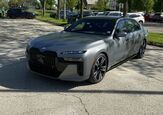









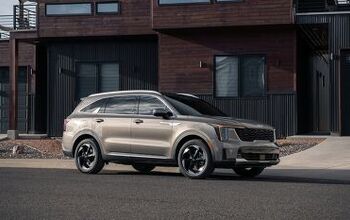
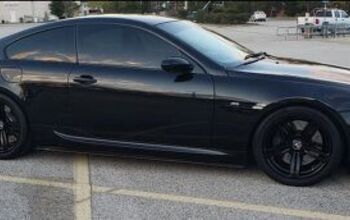

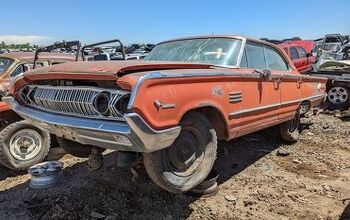

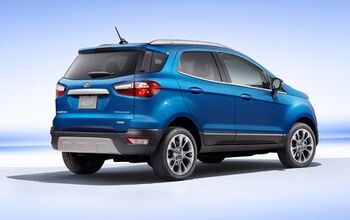

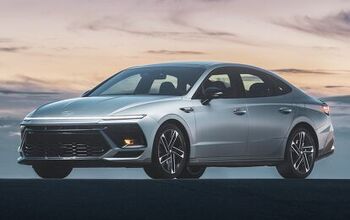
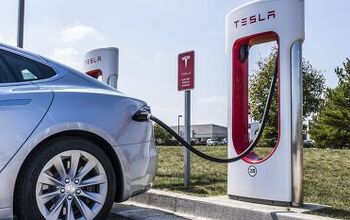
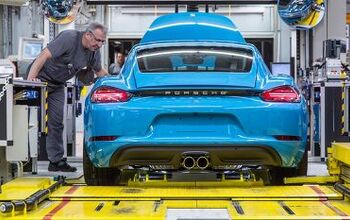
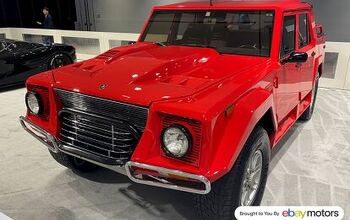
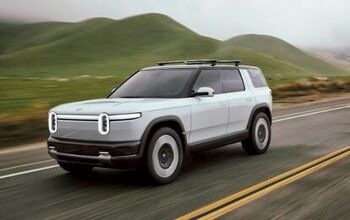
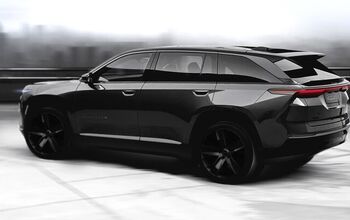
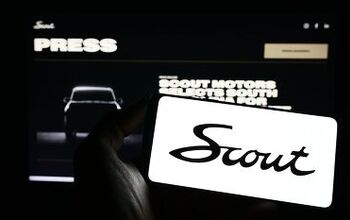
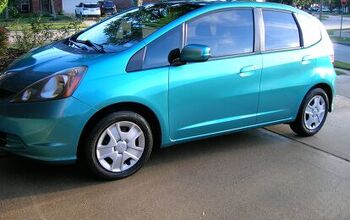
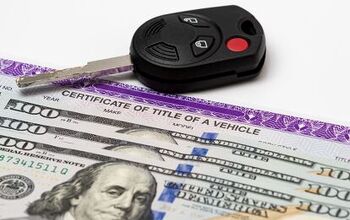

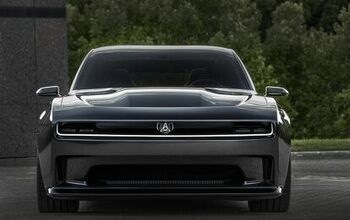
Comments
Join the conversation